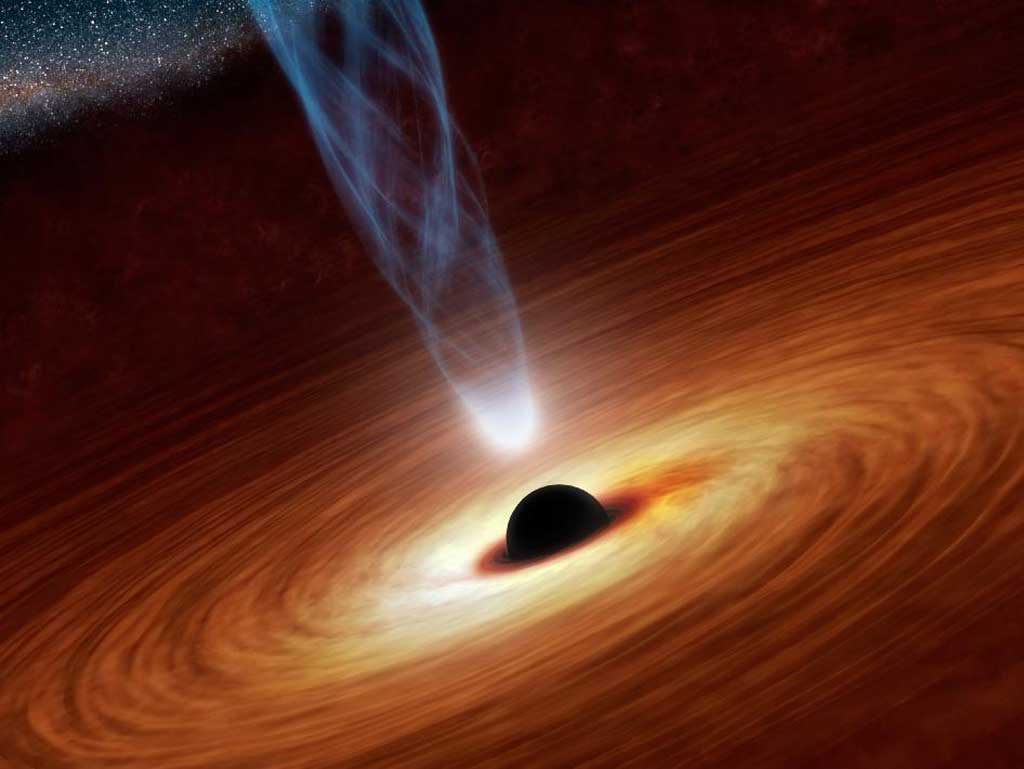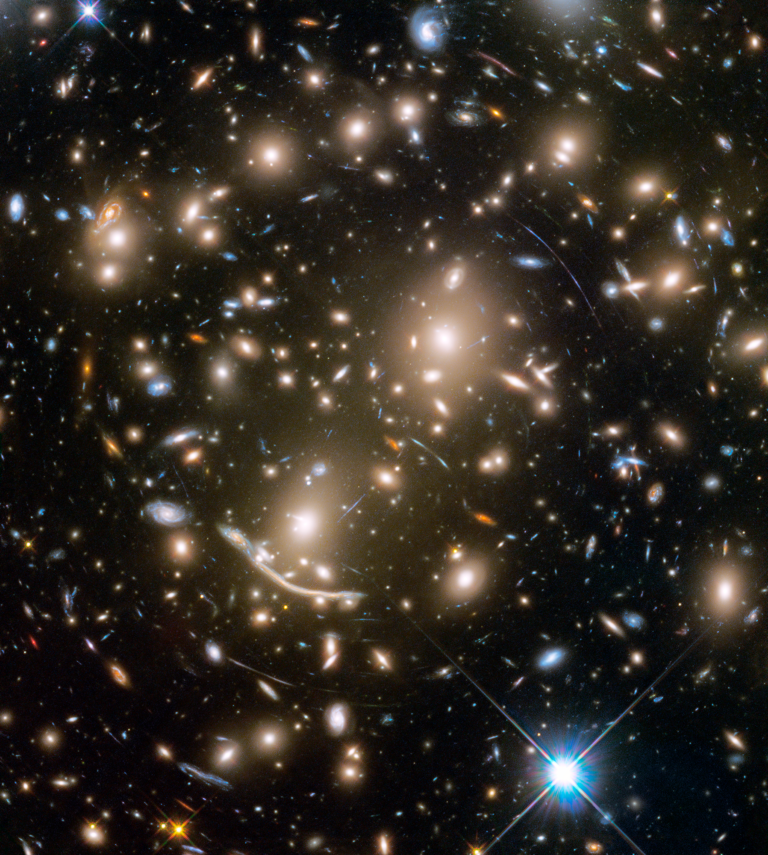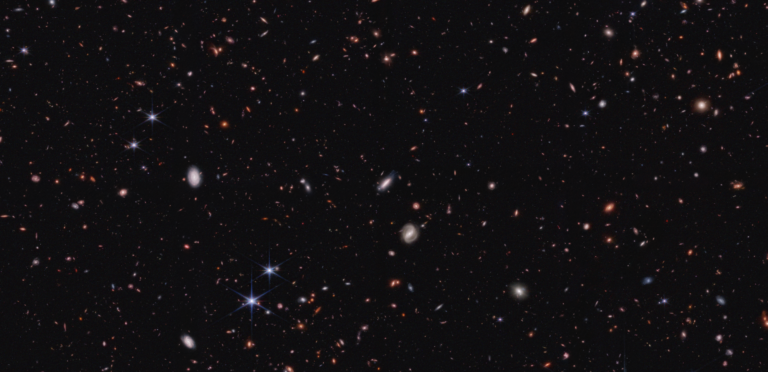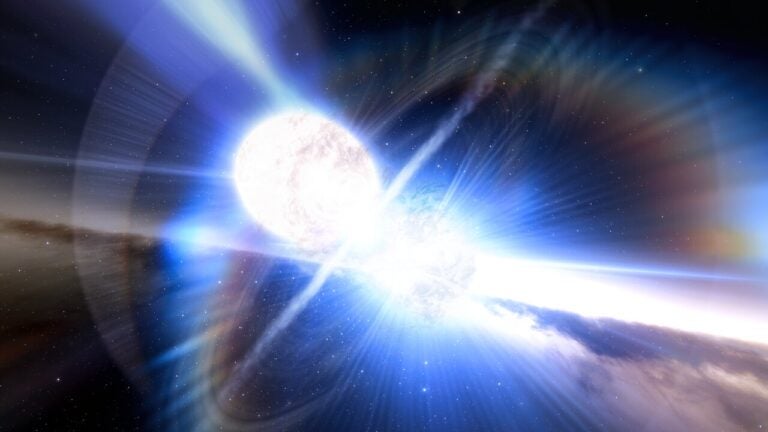The team of astronomers from Durham University in the United Kingdom observed a black hole, with a mass 10 million times that of our Sun, at the center of a spiral galaxy 500 million light-years from Earth while it was feeding on the surrounding disk of material that fuels its growth and powers its activity.
By viewing optical, ultraviolet, and soft X-rays generated by heat as the black hole fed, the scientists were able to measure how far the disk was from the black hole.
This distance depends on black hole spin as a fast-spinning black hole pulls the disk in closer to itself, the researchers said. Using the distance between the black hole and the disk, the scientists were able to estimate the spin of the black hole.
The scientists said that understanding spin could lead to greater understanding of galaxy growth over billions of years.
Black holes lie at the centers of almost all galaxies and can spit out incredibly hot particles at high energies that prevent intergalactic gases from cooling and forming new stars in the outer galaxy. Scientists don’t yet understand why the jets are ejected into space, but the Durham experts believe that their power could be linked to the spin of the black hole. This spin is difficult to measure as it only affects the behavior of material really close to the black hole.
“We know the black hole in the center of each galaxy is linked to the galaxy as a whole, which is strange because black holes are tiny in relation to the size of a galaxy,” said Chris Done from Durham University. “This would be like something the size of a large boulder (10 meters [33 feet]) influencing something the size of the Earth.
“Understanding this connection between stars in a galaxy and the growth of a black hole, and vice versa, is the key to understanding how galaxies form throughout cosmic time.
“If a black hole is spinning, it drags space and time with it and that drags the accretion disk, containing the black hole’s food, closer towards it. This makes the black hole spin faster, a bit like an ice skater doing a pirouette.
“By being able to measure the distance between the black hole and the accretion disk, we believe we can more effectively measure the spin of black holes.
“Because of this, we hope to be able to understand more about the link between black holes and their galaxies.”
The Durham scientists were able to measure the spin of the black hole using soft X-ray, optical, and ultraviolet images captured by the European Space Agency’s XMM-Newton satellite.










